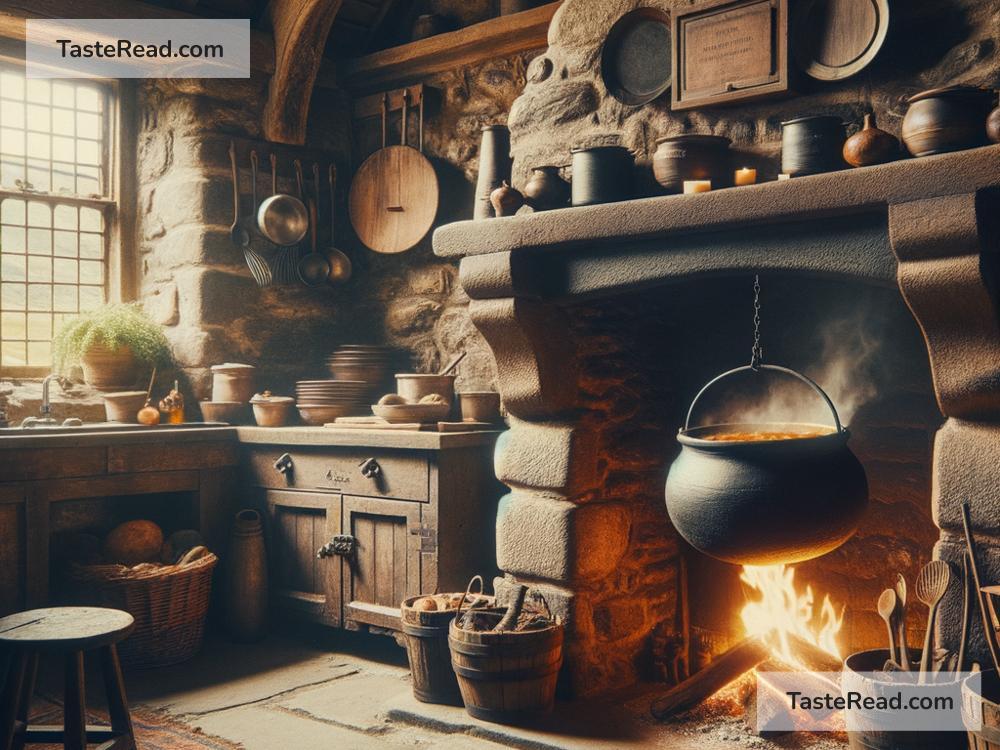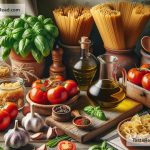Discovering Rustic Cooking in the Scottish Highlands
The Scottish Highlands, a place of wild beauty and ancient traditions, is also home to a unique and heartwarming culinary tradition – rustic cooking. In this blog post, we’ll dive into the heart of the Highlands to explore the simple yet profound pleasures that come from traditional Scottish cooking methods, ingredients, and recipes. It’s a journey back to the basics, where the natural flavors of food are celebrated in the most unpretentious yet satisfying way.
A Land of Natural Bounty
The Highlands’ rugged terrain, covered with rolling hills, deep lochs, and expansive forests, provides a diverse range of ingredients that form the backbone of its rustic cuisine. From wild venison and freshwater fish to foraged herbs and berries, the natural bounty of this land is both vast and inspiring. The Highlanders’ deep connection with their environment is reflected in their cooking, where every ingredient is treated with respect and nothing goes to waste.
The Warmth of Peat Fire
In many traditional Highland homes, the kitchen revolves around the peat fire. Peat, an accumulation of partially decayed vegetation or organic matter, is a traditional fuel source in the Highlands. Cooking over a peat fire infuses the food with a distinctive smoky flavor that is both unique and comforting. Whether it’s baking bannocks (a type of flatbread) on a griddle or simmering a pot of stew, the peat fire adds an extra layer of aroma and taste that connects the dish to the land itself.
Highland Hospitality and Hearty Meals
Rustic Highland cooking is synonymous with generosity and hospitality. Meals are hearty and meant to be shared, often consisting of simple, filling dishes that reflect the hardy nature of the region. One such dish is the famous Scottish soup, Cullen Skink—a thick, creamy soup made with smoked haddock, potatoes, and onions. It’s a warming dish, perfect for the often-chilly Highland weather.
Another staple of Highland cuisine is haggis, a dish that might seem daunting to the uninitiated but is beloved in Scotland. Made from sheep’s heart, liver, and lungs, mixed with oats, onions, and spices, and traditionally encased in the animal’s stomach, haggis is a prime example of the no-waste philosophy of rustic cooking. It’s typically served with “neeps and tatties” (turnips and potatoes), a simple yet delicious trio that speaks volumes about the Highlanders’ knack for creating depth of flavor from modest ingredients.
The Art of Preserving
The harsh Highland winters have, over centuries, necessitated the development of preserving techniques to ensure food availability year-round. Smoking, drying, and fermenting are common methods used to extend the shelf life of food. Smoked salmon from the Highlands, for example, is an exquisite delicacy that showcases the sophistication that can be achieved through these traditional preserving techniques. Fermented foods, like sauerkraut made from local cabbages, are not only practical but also add a punch of flavor and a boost of healthy probiotics to the diet.
A Forager’s Paradise
Spring and summer in the Highlands offer a forager’s paradise, with wild garlic, mushrooms, berries, and herbs ready for the picking. Foraging is more than just a means to gather food; it’s a way to connect with the land and understand the seasonal rhythms of nature. Wild garlic, with its delicate white flowers and vibrant green leaves, can transform a simple soup or salad into a dish of subtle elegance. Bilberries, cousins of the American blueberry, can be found in the wild, offering a burst of sweetness that’s perfect for jams, desserts, or just eating by the handful.
Celebrating Rustic Cooking
The beauty of rustic Highland cooking lies in its simplicity and the way it brings people together. It’s about sharing stories over a peat fire, laughing with friends and family while sharing a hearty meal, and celebrating the gifts of the land. As we discover the rustic cooking of the Scottish Highlands, we are reminded that sometimes, going back to the basics can offer the most fulfilling and enriching culinary experiences.
In a world where fast food and convenience often overshadow tradition and quality, the rustic cooking of the Scottish Highlands stands as a testament to the enduring appeal of simple, honest food. It invites us to slow down, savor the moment, and reconnect with the natural world in the most delicious way possible.


